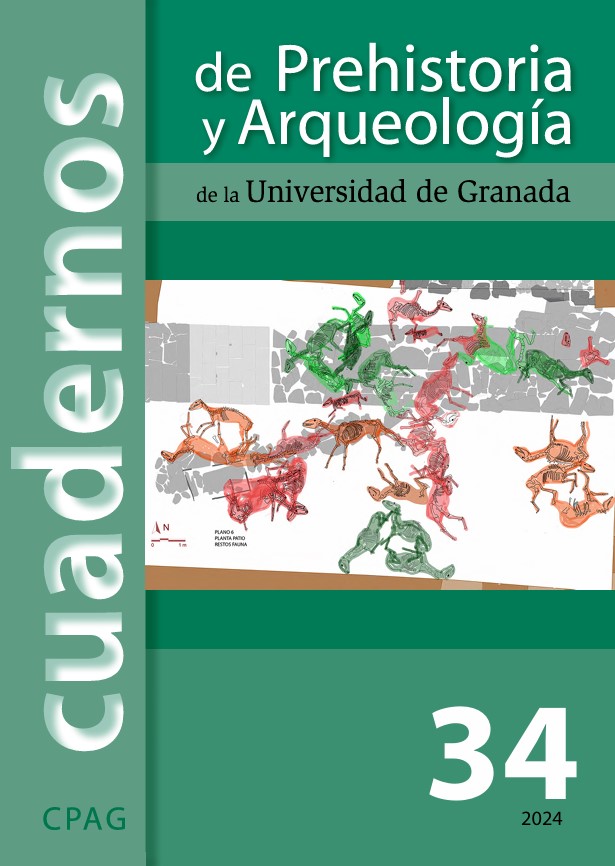OF WALLS, MOATS AND PIXELS: NON-INVASIVE METHODS AND GIS-BASED ANALYSES FOR THE STUDY OF IRON AGE FORTIFIED LANDSCAPES IN THE UPPER-MIDDLE EBRO AND UPPER DOURO BASINS
Main Article Content
Abstract
The Iron Age (8th-2nd c. BC) is characterised by a type of settlement whose most significant elements are defensive earthworks. These material manifestations are the ones that have been the focus of interest in the research tradition, generating studies which, in the area of the Upper-Middle Ebro and Upper Duero basins, have mainly been of a qualitative nature, offering different interpretative perspectives. Following methodological proposals applied in other areas, and making use of non-invasive methods and geospatial analyses, this work offers a first quantitative and systematic approach to these fortified landscapes. The aim is to analyse the locational preferences and material variables observable in the architectural manifestations of their defensive systems. The results obtained, of an exploratory nature, have allowed the identification of differentiated diachronic trends, as well as illustrating the potential that analytical and quantitative studies have for interpretative approaches to Iron Age societies.



